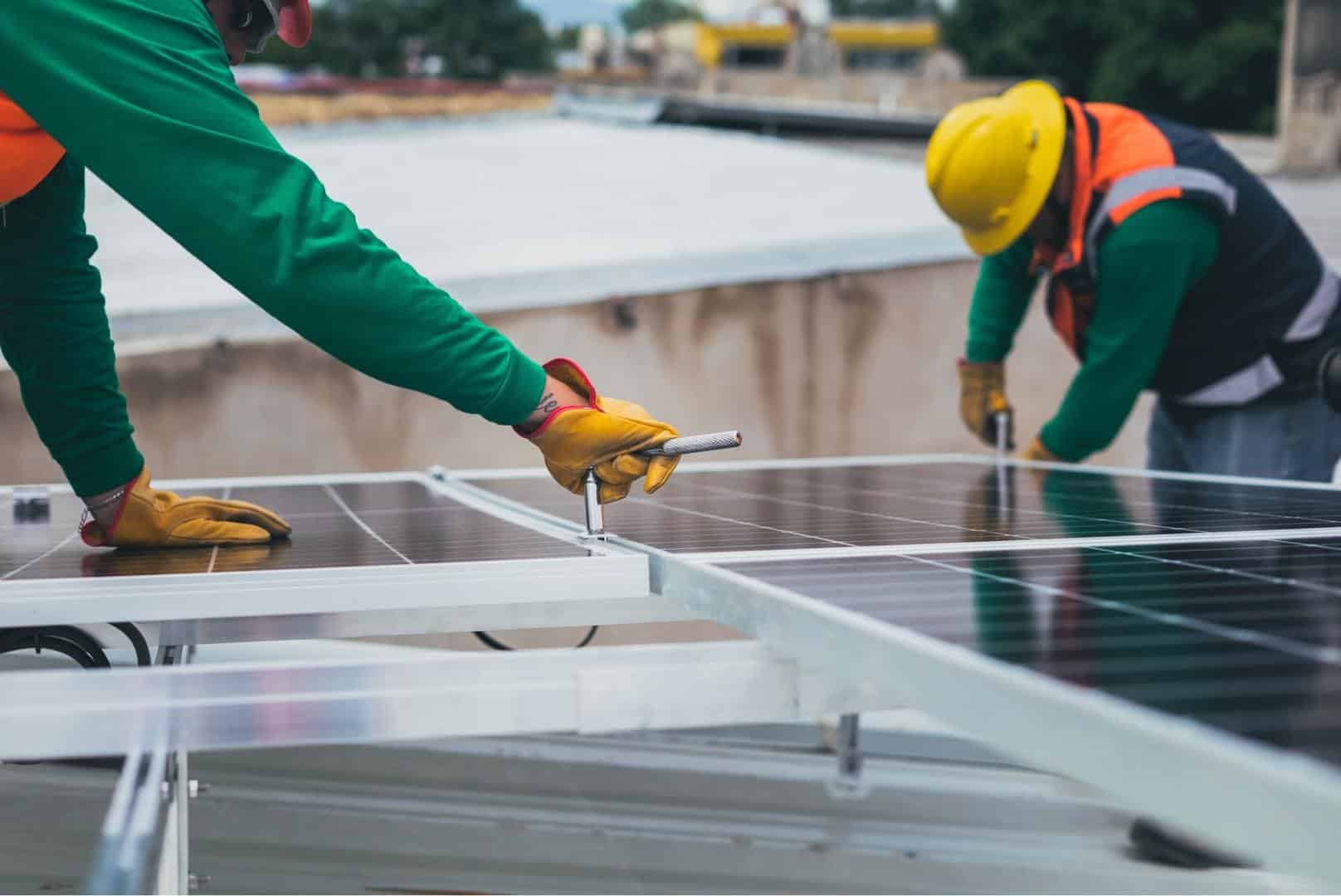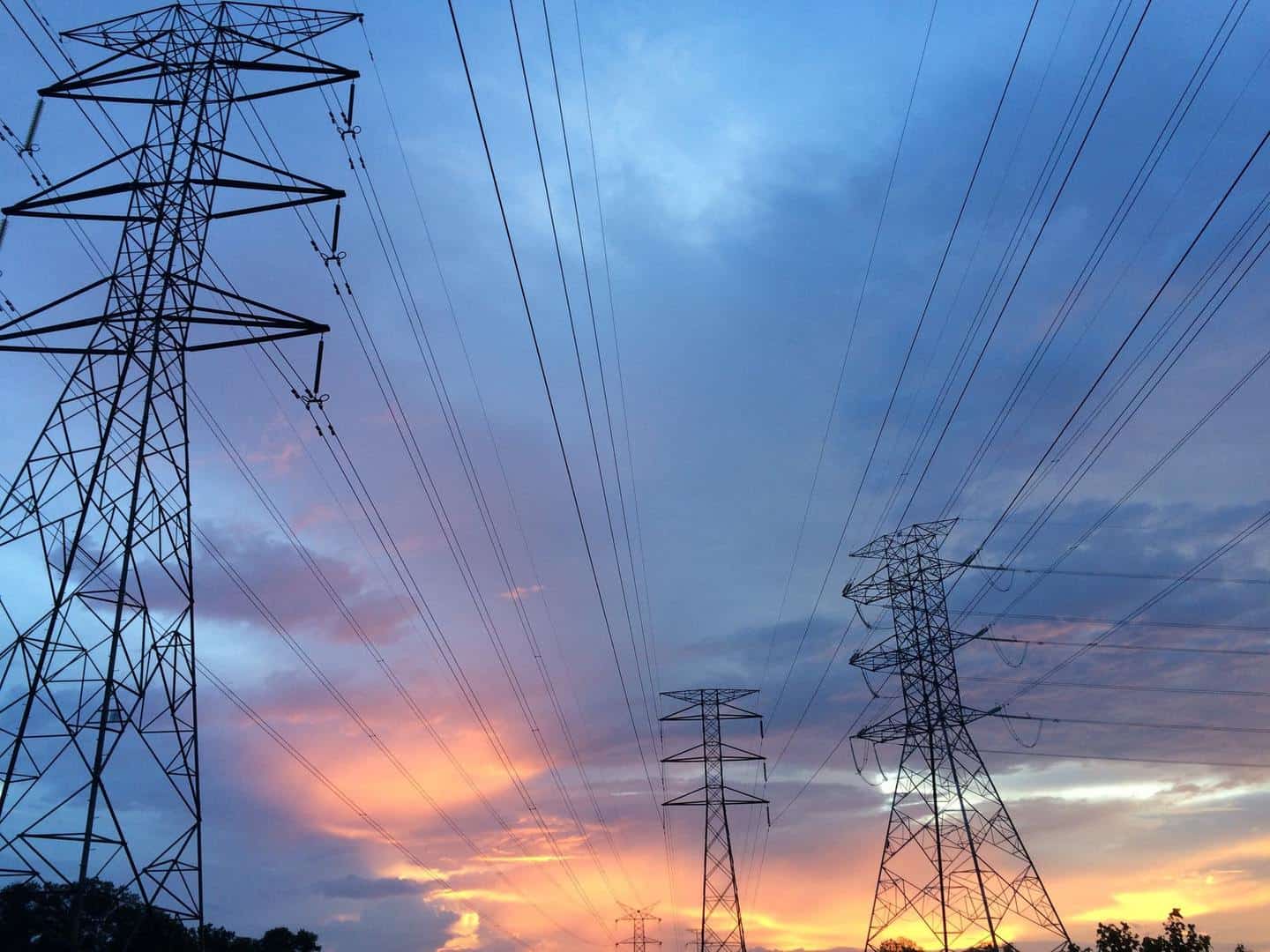Everyone is talking about “going green,” from hybrid vehicles to reducing food waste. Solar renewable energy can also have a considerable impact not only on the environment but also on your wallet. But how much do commercial solar panels really cost, and can you afford them?
The answer’s going to surprise you.
While the upfront costs of a solar project may seem daunting, we’ll explore the true installed cost of solar panels, including tax benefits, net metering, and more, so you can make an informed decision if solar energy is right for you.
|
Unlock a New Source of Revenue Stop paying electric bills, start getting paid by your energy company – from day one
|
Factors That Determine the Cost of Commercial Solar Panels
While the average cost of a solar system is typically measured in dollars per watt, there are factors that determine what your actual commercial solar panel cost will be.
You’ll want to calculate both your upfront costs and also your lifetime costs to truly understand what you’re paying for.
Ideally, you’ll want to consider lifetime costs more when making your decision since there are many incentives, tax breaks, and even competitive financing options that can help spread payments over time.
Upfront Costs of Commercial Solar Panels

When determining if solar energy is the right choice, the first question is usually, “how much do commercial solar panels cost?” There are several factors to understand to maximize your return on investment:
- Number of panels needed
- Type of equipment used
- Geographical location to determine hours of direct sunlight per day
- Percentage of energy from solar (do you need batteries?)
- The energy efficiency of your building
Number of Panels Needed
For accurate measurements, you’ll want to contact solar panel installation experts for a site assessment and cost analysis. Still, you can calculate the number of panels needed using the following steps:
- Study your utility bills to calculate your average daily power usage.
- Determine the average irradiance value for your geographical location; you can find the historical values on Global Solar Atlas.
(Input your location in the search bar at the top, and look for “Direct normal irradiation” in the map data on the right side of your page. Ensure the drop-down says “per day.”) - Calculate how many panels are needed with the formulas below:
Solar Power Required = daily watt-hours used / number of peak sunlight hours
Solar Panels Needed = solar power required / panel output (320 watts)
Equipment Used

Not all solar panels, utility meters, and mounting options are created equal, and the type of equipment you choose will play a role in determining your overall electricity cost.
Generally speaking, on a sunny summer day at noon, the sun can produce 1,000 watts per square meter. Using this measurement, standard solar panels will deliver around 200-400 kW (taking a conservative estimate).
Though costing more upfront premium panels can produce upwards of 600 kW of power instead. So while costs are higher for premium panels, the output is greater, too, which will ensure maximum return on your investment, and may even return money to your pockets (through net metering, which we’ll explain later).
If your building is more energy-efficient, you’ll use less energy and thus need fewer panels, which can keep costs down.
Additionally, you’ll need to consider rooftop mounting systems, including:
- Standard roof mounts use fully anchored, rail-based mounting styles and are ideal for pitched roofs.
- Single-tilt flat roof mounts are best for large businesses that have flat roofs.
- Dual-tilt flat roof mounts are similar to the single-tilt, except that panels face both directions, which is excellent for smaller companies that need a large solar system but don’t have the space for one.
| Learn More About Solar Power Systems: |
Energy From Solar Panels
You’ll want to decide if your main goal is to reduce power grid dependency and lower your monthly costs or if you’re looking to become 100% independent from the utility company.
If your goal is to be “off the grid,” you’ll want to invest in batteries or generators to store unused solar electricity to be used during downtime and emergencies.
But there’s a third option: net metering, which can potentially lead to you selling energy back to the utility company. Net metering is one of the biggest benefits in calculating the lifetime cost of a solar system.
Lifetime Commercial Solar Panel Costs

While upfront costs can range between $50,000 and $200,000 and higher depending on how large a business is, many factors can lower your upfront cost. Ideally, over time, you should be able to recoup your upfront costs in monthly energy savings or net metering by selling unused power back to the grid.
When determining if solar panels are the right move for you, ensure you consider every variable:
- Investment Tax Credit (ITC)
- Local or Sales Tax Incentives
- Net Metering
- Local Utility Incentives
Investment Tax Credit
To help business owners invest in solar energy, in 2021, the U.S. government enacted the ITC that allowed companies to deduct 26% of installation costs from their annual taxes.
This amount will be reduced to 22% in 2023 and 10% in 2024. If you’re interested in saving money on a commercial solar system, now is the time to invest.
Local Incentives
Across the U.S., as coal mines close and oil reserves run out, solar power is becoming the go-to for energy. Most cities have begun offering rebates and sales tax incentives to make solar installations more affordable for businesses big and small.
Net Metering

This option is one of the best reasons to switch to solar power. Even if your business doesn’t qualify for a tax credit or rebates, you could potentially be putting money back in your pocket by investing in net metering.
Net metering works by keeping your business connected to the grid. When your panels overproduce power, your power is returned to the utility company for credits rather than stored in generators.
These credits are automatically used when you need power from the utility company, giving you “free” electricity. If your credits surpass the amount of electricity used in a month, the utility company pays you for the excess power.
Over time, with net metering, you could break even or even turn a profit with your solar panel system.
Understand the Cost of Commercial Solar Panels With Airis
While you can calculate estimates yourself, it’s hard to get an accurate understanding of your upfront costs or what incentives you qualify for without speaking to the experts.
We’ve been providing businesses with free estimates and cost analyses for how much industrial solar panels cost since 1996. We’ll calculate how many panels are needed, how many watts of energy your business uses, and the best equipment to ensure you maximize your ROI.
With net energy savings from day competitive financing, there’s no reason to delay. Contact us today to book a free solar site assessment.

